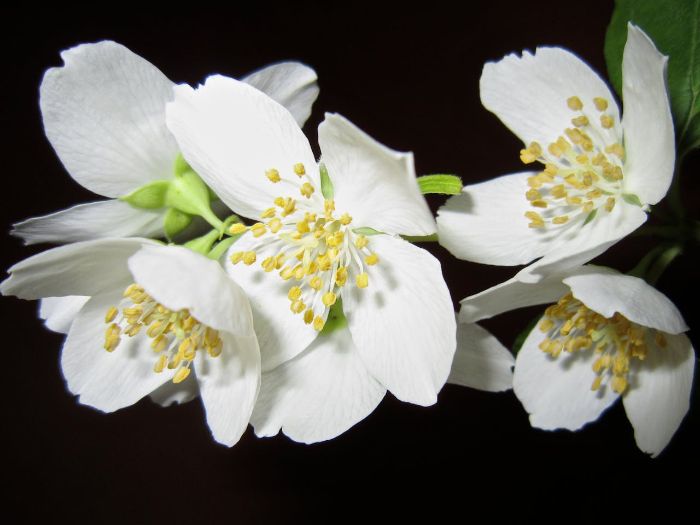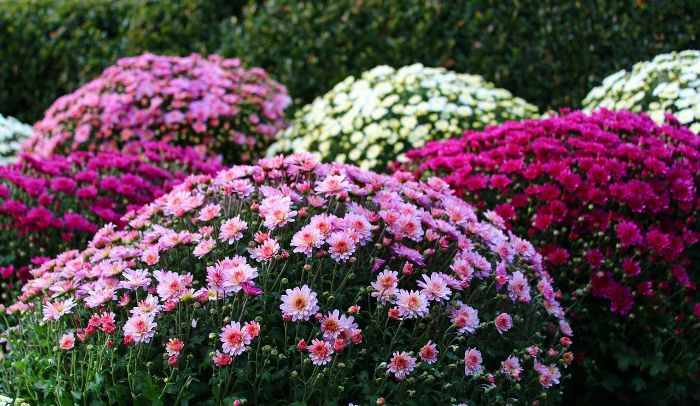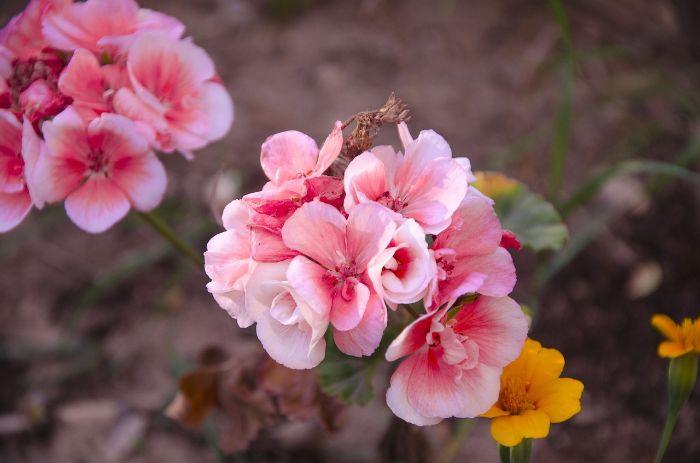Ever wondered why some jasmine plants bloom beautifully while others look dull? It’s often because of how you prune them. Proper pruning makes jasmine plants healthy and boosts their flower production. We’ll look at key pruning methods to make your jasmine garden stand out.
Key Takeaways
- Understanding the role of jasmine pruning techniques is crucial for maintaining a healthy jasmine plant.
- Effective pruning promotes overall growth and encourages more vibrant blooms.
- Timing your pruning correctly can maximize the benefits for flowering.
- Different tools are needed to execute pruning tasks safely and effectively.
- Preparing your jasmine for pruning is important for the plant’s recovery.
Table of Contents
Understanding the Importance of Pruning
While planting jasmine is the first step in establishing a fragrant garden, pruning is key for its ongoing health and bloom production. Knowing when to prune makes sure the plant does great and flowers a lot.
Benefits of Pruning Jasmine Plants
Pruning helps with air flow, which stops diseases. It also gets rid of dead or sick branches. This makes the plant look better and keeps pests away.
Pruning makes the plant grow new and bloom more. It makes the flowers come out better. In addition to pruning, watering jasmine with seasonal considerations helps shape the plant for better growth and overall appearance.
Timing: When to Prune Jasmine
The best time to prune is right after it flowers. This helps the plant grow new shoots for more blooms next year. For winter jasmine, prune in late spring, and for summer varieties, prune in the fall – steps that may vary if you’re selecting the right jasmine for your garden based on specific climate or flowering habits.
Tools Needed for Pruning Jasmine
Pruning jasmine needs the right tools for healthy growth. The best tools are key for keeping your jasmine beautiful and healthy. They help make clean cuts and reduce stress on the plants. Here are some important items for your pruning task.
Essential Pruning Tools and Equipment
- Sharp pruning shears – Ideal for making clean cuts on smaller branches.
- Loppers – Useful for thicker branches that require more leverage.
- Gardening gloves – Protect your hands from thorns and sap.
- Disinfectant solution – Essential for cleaning tools before and after use.
Using well-maintained gardening tools is key for effective pruning. It also helps prevent disease from spreading between plants. Clean tools reduce the risk of spreading infections, especially in diseased areas.
Safety Tips for Pruning
It’s important to follow safety tips for pruning. This keeps you safe and protects your plants. Here are some key precautions:
- Always wear gloves to shield your hands from plant sap and potential scrapes.
- Avoid touching your face during the pruning process to prevent irritation.
- Disinfect your pruning tools to minimize the chance of spreading diseases.
Learning to handle pruning tools safely makes pruning more enjoyable and effective. These guidelines improve safety and effectiveness. They help you take care of your jasmine plants.
Step-by-Step Guide to Pruning Jasmine
Pruning jasmine needs careful planning and execution. It helps the plant thrive. Start by looking at your jasmine plant and understanding how it grows. Knowing what to look for is key to keeping it healthy.
Preparing Your Jasmine for Pruning
Before you begin, get ready for pruning. Clean up around the plant for easy access. This is important before you start pruning. Look for dead branches, too many branches, or damage that needs to be removed.
Removing Dead and Diseased Branches
It’s crucial to remove dead branches for healthy growth. Cut out all dead and damaged parts of the jasmine plant. When pruning diseased jasmine, make sure cuts are clean and above healthy nodes. This helps new shoots grow and the plant heal.
Shaping Your Jasmine for Optimal Growth
Shaping jasmine plants is important for their health and look. Trim to make them bushy and remove crowded branches. Aim for a balanced shape that lets air and sunlight in. This makes the plant look better and helps it grow well over time.
Encouraging Flowering Through Pruning
Pruning is key to keeping jasmine plants healthy and boosting blooms. By using the right techniques, you can make your jasmine plant more vibrant and full of flowers.
Techniques to Increase Bloom Production
Springtime pruning is great for jasmine. It helps new growth and leads to more flowers. Cutting back some branches makes the plant focus on flowers, not just leaves. Here are some tips to get more blooms:
- Trim away any spent blooms to encourage further flowering.
- Focus on cutting back older, less productive branches.
- Ensure to create openings in the foliage to allow sunlight penetration.
Managing Growth to Prevent Overcrowding
It’s important to keep jasmine plants from getting too crowded. Regularly check how they’re growing and trim as needed. This keeps the plant looking good and lets more sunlight in. Here’s how to keep your jasmine in shape:
- Assessing growth and removing excess branches that compromise open structure.
- Maintaining adequate spacing between stems for optimal light accessibility.
- Regularly evaluating the plant’s overall shape to ensure balance and proportion.
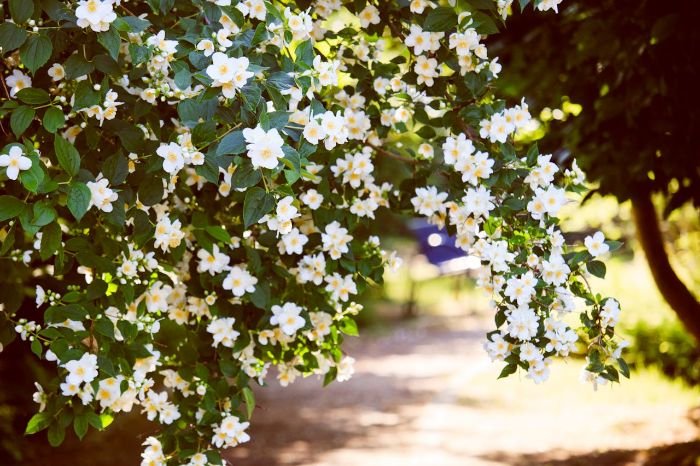
Common Mistakes to Avoid
Pruning jasmine plants can make them healthier and look better. But, there are big mistakes to avoid for success. Knowing about over-pruning risks and safe pruning helps protect jasmine from harm. It’s key to keep jasmine plants looking great.
Over-Pruning – Risks and Solutions
Pruning too much can really hurt jasmine plants. It makes them weak and less likely to bloom later. Always follow the right pruning times and prune only a third of the plant at once. Mistakes in pruning can make the plant look dull and less beautiful.
To fix this, learn to spot over-pruning signs. Adjust your pruning to help the plant grow strong and healthy.
Avoiding Damage to Your Jasmine Plant
Avoid common pruning mistakes that can cause damage, leading to dieback or disease in your jasmine plants. To avoid this, be precise when cutting. This helps protect healthy stems. Never cut too close to the root, as it can harm the plant’s growth and health.
Using safe pruning methods helps your jasmine plants stay healthy for a long time.
Seasonal Pruning Considerations
Knowing how to prune jasmine at different times of the year is key. It keeps the plant healthy and makes it bloom more. We’ll talk about what jasmine needs in spring and summer, and how to care for it in winter.
Pruning Jasmine in Spring and Summer
Pruning in spring and summer helps shape the jasmine and makes it bloom better. After it stops flowering in spring, cut off dead or damaged branches. This lets the plant grow new, healthy parts. In summer, trimming a bit helps keep the plant looking good and makes more flowers.
Preparing Jasmine for Winter Dormancy
Consult a seasonal pruning guide for timing and techniques that keep jasmine healthy as temperatures drop. Make sure it gets the right amount of water to avoid root rot but not too much. Pruning in fall helps the plant grow better in spring. Also, protect it from frost to make sure it comes back strong next year.
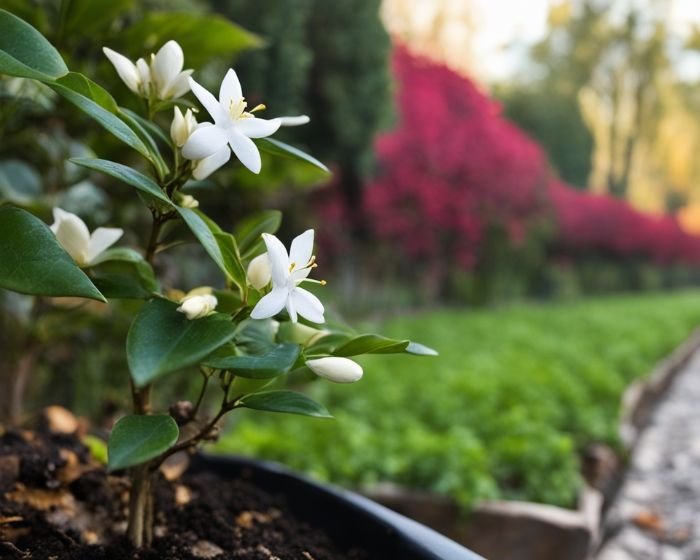
Troubleshooting Pruning Issues
Pruning jasmine can make it look great, but sometimes you might see fewer blooms. Knowing why can help fix the problem. It’s important to act fast to help the plant grow and bloom well.
Addressing Lack of Blooms After Pruning
Not getting enough blooms after pruning can be due to a few things. Cutting too much or at the wrong time can stop flowers from growing. Check how you prune to help your jasmine bloom more.
Make sure to prune at the best time. This lets the plant recover and get ready for new flowers.
Managing Pest and Disease Post-Pruning
After pruning, jasmine plants can be more at risk for pests and diseases. It’s key to manage pests well to keep the plant healthy. Watch the plant closely for any problems early on.
Using strategies to fight diseases can help your jasmine stay strong. This keeps your plant care plan working well.
Conclusion – Long-Term Care for Pruned Jasmine
Long-term care is key for keeping your jasmine plants healthy after pruning. Regular checks for pests and diseases help a lot. This care makes sure your jasmine grows well in your garden.
It’s important to keep watering and feeding your jasmine right after pruning. Doing this helps your jasmine grow strong and bloom well. Adjusting your watering based on the season makes your plant even stronger.
Putting effort into caring for your pruned jasmine is worth it. By taking good care and adjusting to the seasons, you get beautiful, blooming jasmine. A little care makes your jasmine a stunning part of your garden.
FAQ
What are the benefits of pruning jasmine plants?
Pruning jasmine plants gets rid of dead or sick branches. It also helps with air flow, encourages new growth, and makes the plant bloom more. This makes the plant healthier and look better.
When is the best time to prune jasmine?
The best time to prune jasmine is right after it blooms. For winter jasmine, prune in late spring. Summer jasmine should be pruned in the fall to get the most blooms.
What tools do I need for pruning jasmine?
You’ll need sharp pruning shears, loppers, and gloves for pruning jasmine. Keeping these tools sharp helps with pruning and stops diseases from spreading.
How do I prepare jasmine for pruning?
First, check the plant’s growth and clear the area around it. Look for dead, damaged, or crowded branches that need cutting.
What techniques can I use to encourage more blooms?
Prune lightly in spring to encourage new growth and more blooms. Cutting some branches can also make the plant focus on flowers instead of leaves.
What are the risks of over-pruning?
Over-pruning can really hurt jasmine plants, making them weak and unable to bloom later. Always prune carefully, following the right seasons, and don’t cut too much at once.
How should I handle pruning tools safely?
Wear gloves to protect your hands and clean your tools before and after use. This helps prevent diseases. Don’t touch your face while pruning to avoid irritation from the plant’s sap.
What should I do if my jasmine exhibits fewer blooms after pruning?
If your jasmine blooms less after pruning, it might be from pruning at the wrong time or too much. Check how you’re pruning and adjust to help it bloom better next time.






